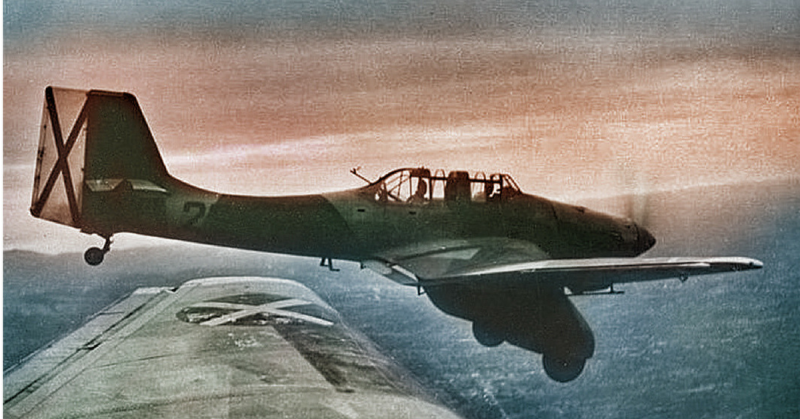In 1936-39, Spain was torn apart by civil war. Monstrous atrocities on all sides took place and nations/ideologies and people from all over the world became involved in the conflict. The war did not end until General Francisco Franco conquered the entire country with the aid of his Nazi German and Fascist Italian allies.
Because of Franco’s victory, and the prior recent ascent of Hitler and Mussolini, many around the world began to wonder if fascism wasn’t the political “wave of the future”, supplanting democracy as “stale and decadent” and communism as “barbarous and inhuman”.
In many ways, the Spanish Civil War was the opening salvo in what would become WWII in Europe, and that wars’ participants came away with lessons that they applied to the future conflict which would swallow Europe from September 1939 – May 1945.
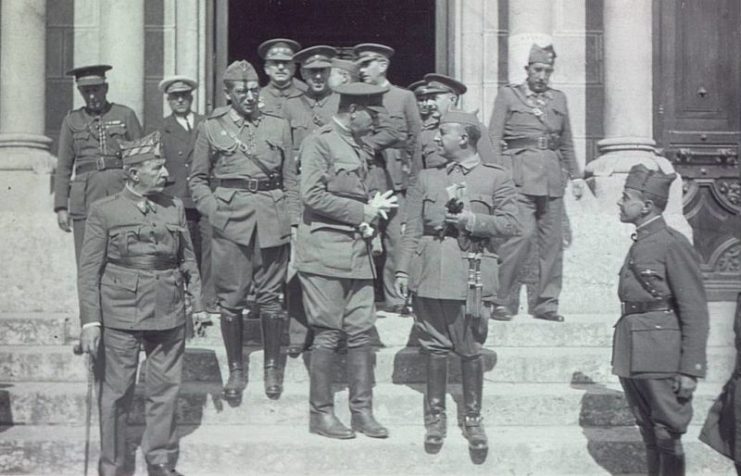
Here are some of those lessons
Firstly, forces that are divided will never succeed against forces that are united. Here we speak politically and ideologically, rather than geographically. Though one could easily break down the combatants in the Spanish conflict into many small groups, it is easier and almost as accurate to say they were essentially divided into two, the Right and the Left.
Within those groups were sub groupings. The Right one had the Falangists (the Fascists), Carlists (regionally located Catholic royalists), traditional conservative land and business owners, and the military (which included members of all of these groups). At the top was the sphinx like General Franco, who never let anyone know exactly where he stood in this mixture until he took action. The men of the Right were much more united than the people on the Left.
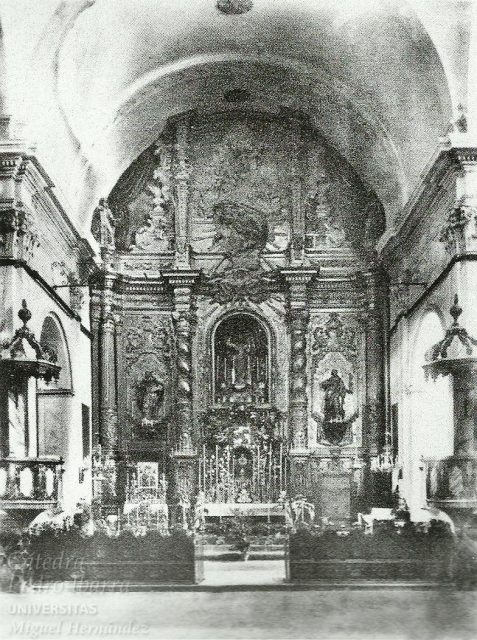
They stood for traditional Spain, the Catholic Church (the Spanish Catholic Church was essentially an entity unto itself, somewhat distant from the Pope in Rome), land owning rights, and generally some affection for the exiled Spanish royal family.
To a great extent, they looked back at the glory years of Spain in the times of the Spanish Empire of the 1500’s as their guidepost and dream. These ideals were shared among the Right in some way or another. The Right represented the country and “traditional values”
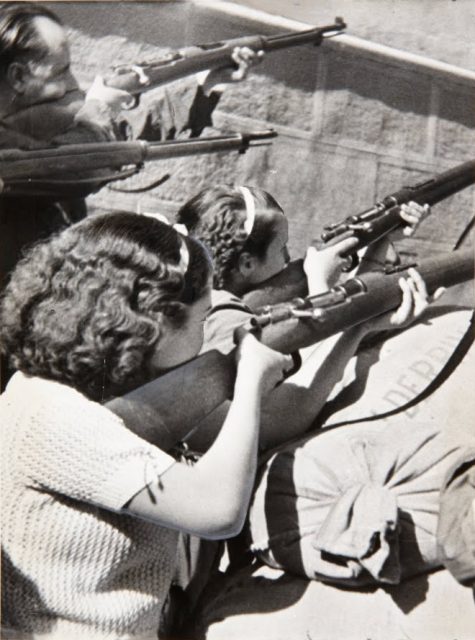
On the Left were groupings of men and women who shared a hatred of the Right and its ideals, which they saw as the domination of religious fiction over reality and the oppression of the capitalist class over the working poor in the country and cities.
Many on the Left did not initially share the outlook of radical socialists, communists, and anarchists, they were Republican, believing in a more broadly shared Spain, but not one run by any one individual group, especially on the extremes.
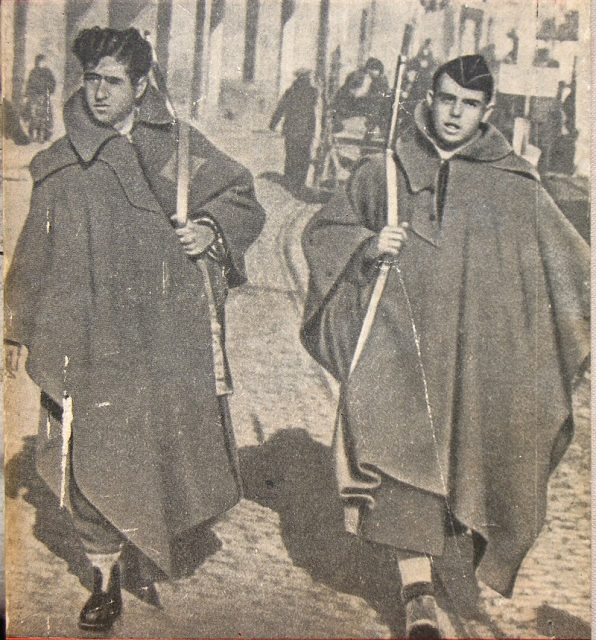
As the war went on, however, the forces of the Left became more and more radicalized and ultra left anarchists and communists dominated the Leftist armies. The Left represented urban life and the new “metropolitan ism” taking over Europe.
The problem in the Left was that many within it hated each other. Not only were their politics different, they sometimes could not get past their regional differences. For instance, in a foretelling of today’s headlines, people in Catalonia pushed for greater autonomy or even independence from Spain, and neither forces on the Right or Left were ready to tolerate one of the nations’ richest regions leaving the country.
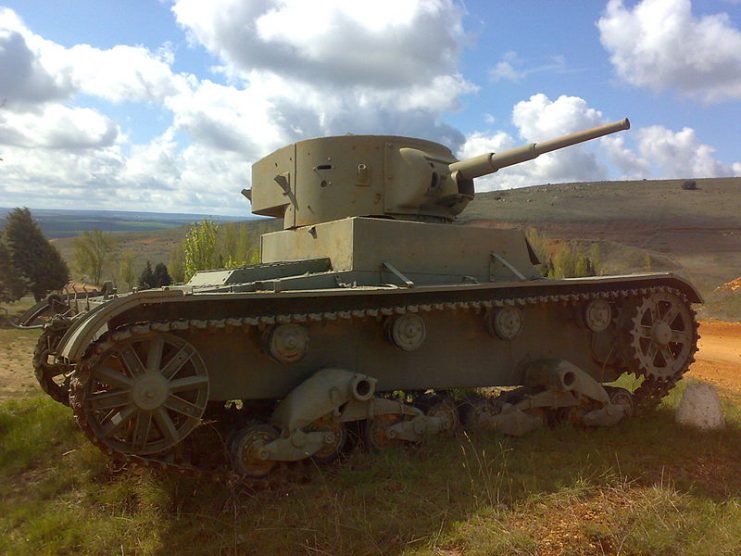
When the war began the anarchist organizations had much strength in the cities, but as one can imagine, the anarchist communes within each region were small for reasons of self government, and slow to react, for anarchism (generally) called for the input of each adult in the commune before decisions were made.
Anarchist “leaders” who saw the folly of this in wartime frequently threw their lot in with the socialists and communists, some of whom shared the same ideals of elimination of private property and rule by the masses of the working class.
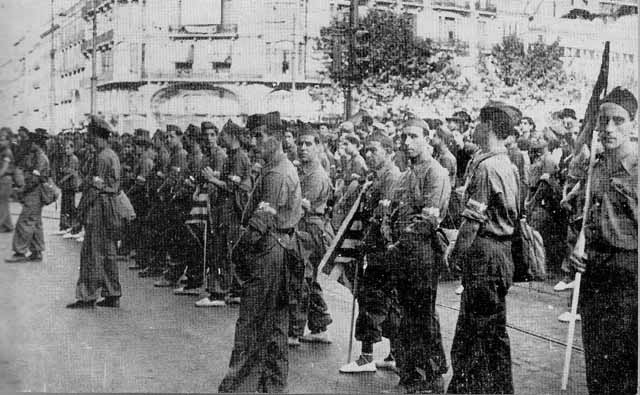
Needless to say, the Left became dominated by the communists, who had the most clear ideas about what they wanted and did not want, were (and had been) the most organized, and most important of all, were essentially under the control of Moscow and Josef Stalin, who sent millions of dollars in aid and military gear to support the forces of the Left. Though by the middle/end of the war the forces of the Left were much more united than they had been at first, they still squabbled endlessly while Franco and the fascists gained ground.
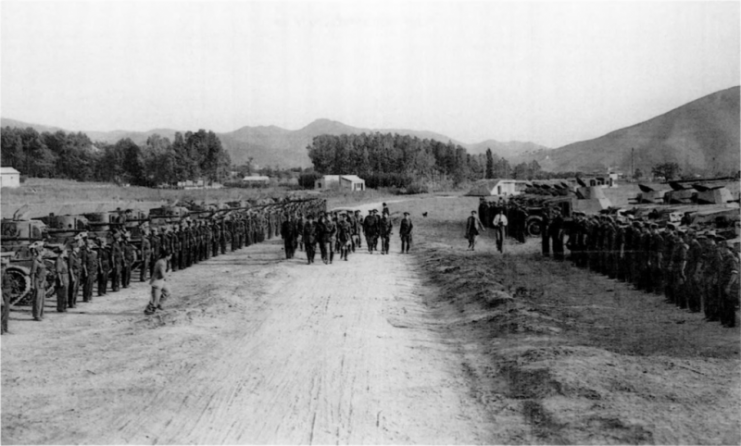
Franco did not have a clear cut program for the country at the time, but he did know one thing, Spain would not be “Spain” if the “internationalists” of the Left took over. For most Spanish conservatives, that was enough to unite them.
Though the Leftist Republicans did win a number of battles during the war and had most of the international public opinion with them (despite a long record of atrocity on their part too), the divisions within their camp kept them from winning the war.
Lesson one unity wins wars.
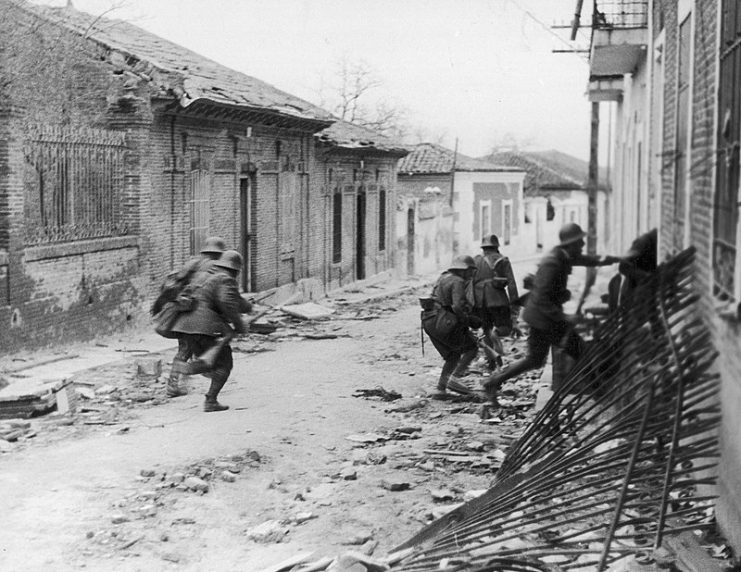
Lesson two, be thorough, other factors besides disunity played a role in the war. At the beginning of the war, Franco’s forces besieged Madrid, the capital. However, they made a huge error as they moved towards the city. In a region that reaches temperatures over 100°F for long stretches of time, water is important.
The fascists did not seize the water supply of Madrid and that city kept itself alive by communal farming throughout most of the war, despite the siege. Had the water supply been controlled, Madrid would quickly have fallen.
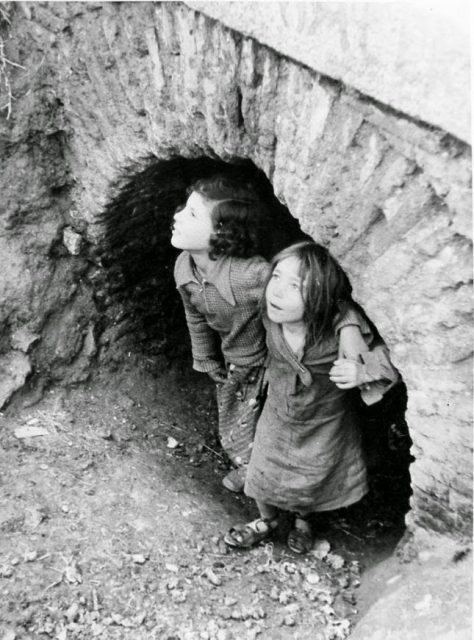
Lesson three, others become involved. As we have seen in Syria, civil wars draw in foreign powers, mostly hoping to gain some current or future advantage in the region. In Syria, Russians, Americans, Syrians, Arabs, Iranians, Kurds, and Turks are all vying for position, making that conflict even more bloody and protracted.
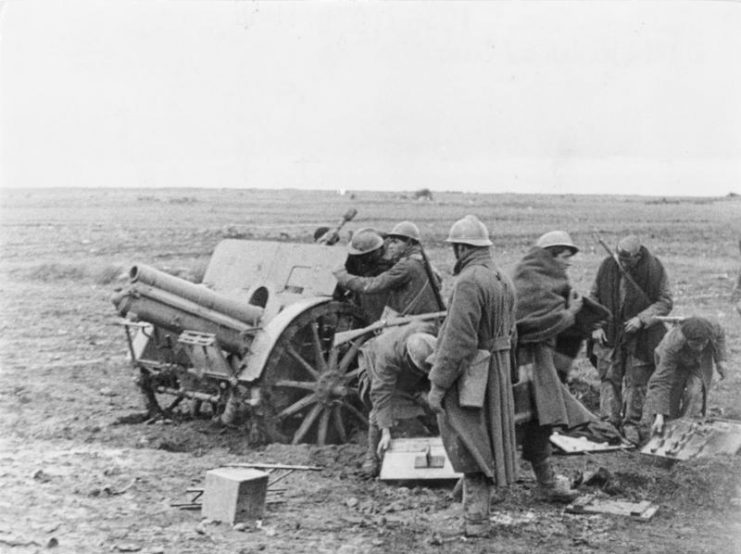
In Spain, the European superpowers of the day became involved. Germany and Italy on the side of Franco, and the Soviet Union on the Left. For the fascist nations, the lives of the Spanish on either side did not matter too much in the long run, both Hitler and Mussolini were more interested in gaining personal influence and testing out their new weapons systems.
Both dictators wished Franco to win, hoping Spain would side with them in the coming war virtually everyone knew was coming.
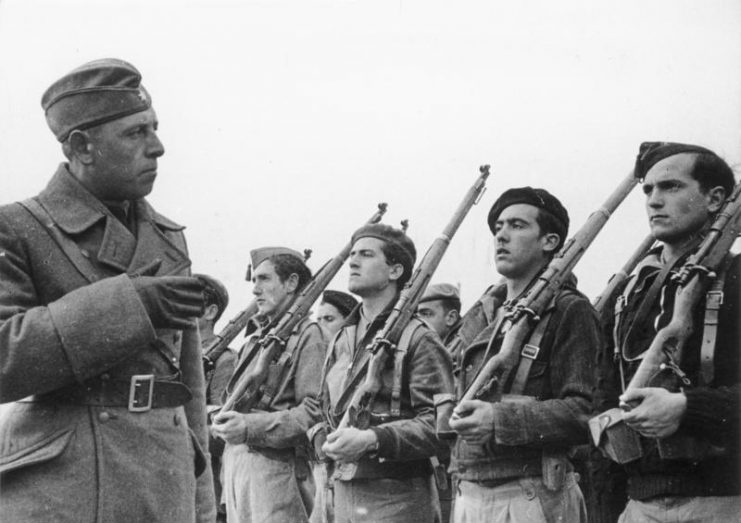
Stalin was doing a number of things, none of which was really aimed at shortening the war either. He too wanted to test his weapons systems and the effectiveness of the troops he sent to Spain.
He also had an interest in fomenting and continuing class warfare in Europe as a way of dividing the European powers and keeping them distracted from his plans and activities in the USSR and the world.
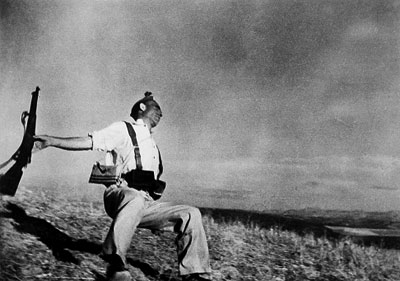
Lesson four, the world says it cares. In the American Civil War, both sides committed atrocities against the other. Two examples are the Andersonville prison camp run by the Confederacy, and the Union POW Camp Douglas. In both, a foreshadowing of what would happen in the 20th century occurred.
Mass starvation, cruelty, disease, and death, most people were horrified, and the Andersonville commandant was executed after the war, then life went on. The same occurred in South Africa in the Boer Wars nothing happened. Stalin killed millions in his rise to power. Some people even said that “it was needed”.
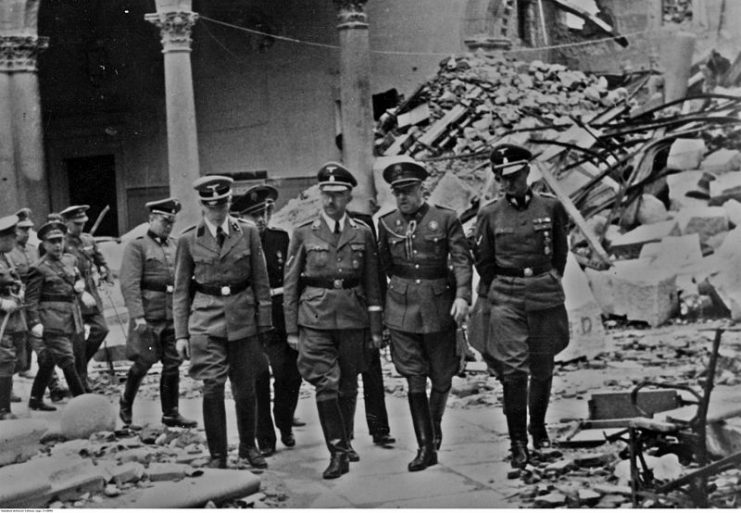
In the Spanish Civil War, atrocities took place on both sides. Even today, the propaganda of the Left succeeds and points to virtually all of the non military violence being initiated by the Right. The most famous example of gratuitous violence was the bombing of Guernica in northern Spain. Hundreds of innocent civilians were killed by German bombers. Picasso did a famous picture, and it stuck that the Right had the monopoly on violence.
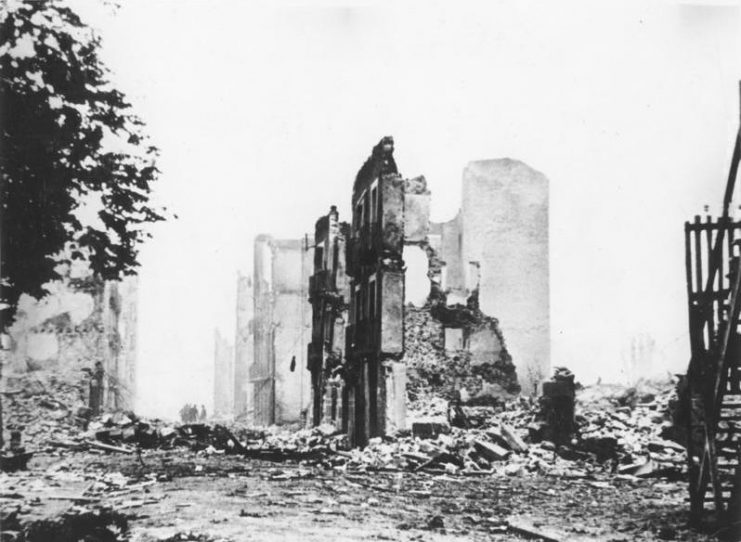
But leading up to the war, within the cities, anti religious violence by the Left resulted in the killing of priests and nuns (along with their rape), and mass executions of anyone suspected of being “middle class”. As the war got worse for the Left, they turned upon themselves, sometimes under the direction of agents of the NKVD (the then Soviet secret police).
Arbitrary arrests of terror were made and firing squads killed hundreds in order to “keep discipline”. The famed International Brigades, including the American “Abraham Lincoln Brigade” of leftist volunteers, mostly returned home before the end of the war, seeing their ideals crumble before their eyes.
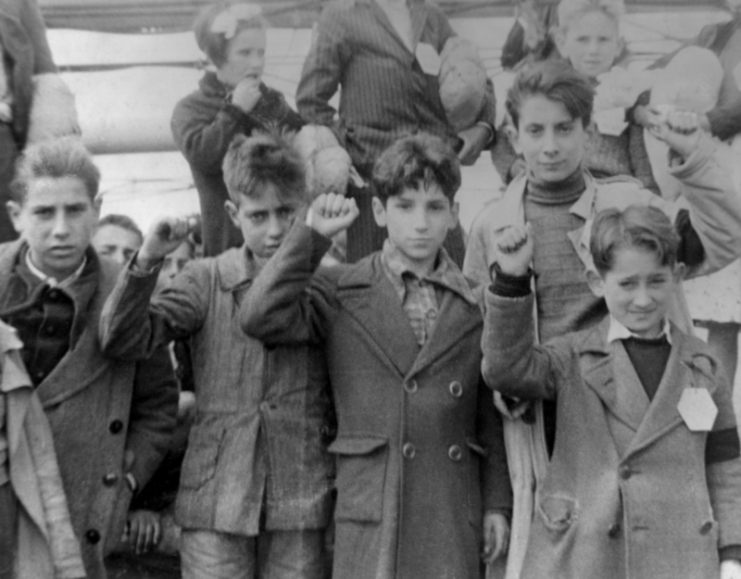
Lesson five, new weapons and tactics. Though the Japanese had already used mass terror bombings on Chinese cities in the 1930’s, in Europe the bombing of civilian targets was relatively new when the Spanish Civil War broke out. Both after this war and WWII, opinions were mixed about this tactic, some people believe that it terrorized and demoralized the enemy, others cite the holding out of Madrid in the Civil War and London in WWII as a counter to this argument.
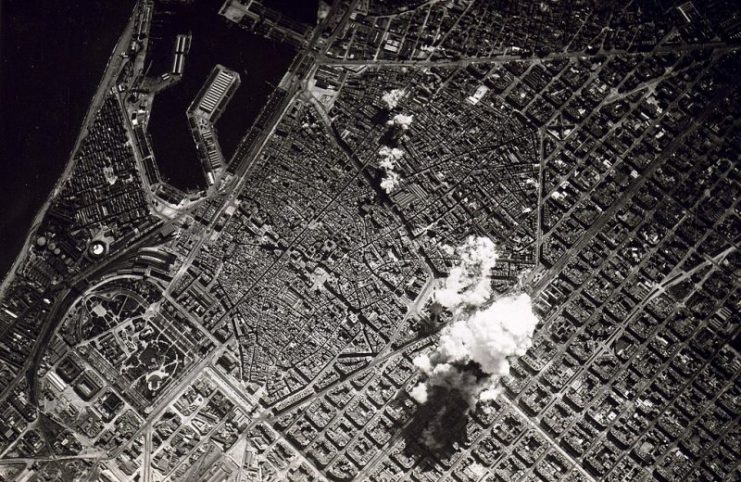
Tanks had been a factor on the battlefield since the end of WWI but had not played even close to the role that many military tacticians believed they could. In the Spanish Civil War, Franco had a decisive advantage in tanks and planes, especially after the first half of 1937.
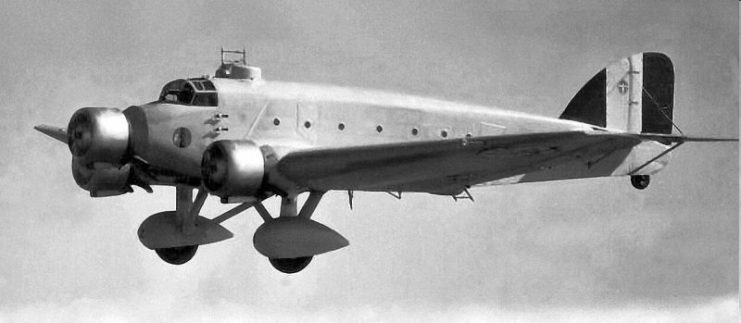
The development of tank and aerial tactics, both separate and in conjunction put into practice some of the theories of the German General Staff and their subsequent “blitzkrieg” tactics of WWII.
In 1939, the Spanish Civil War ended. The country was devastated and would remain divided for years. Hitler and Mussolini could never convince Franco to enter WWII on their side in any meaningful way.
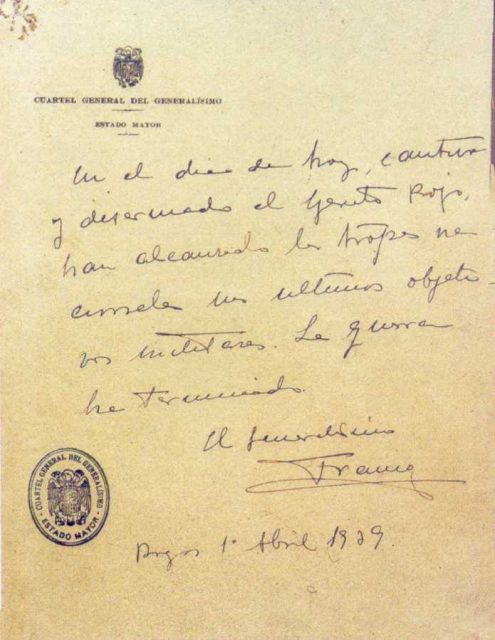
Read another story from us: Famous Writers that Participated in the Spanish Civil War
When WWII ended, Franco’s was the only fascist government on the Continent for a time. In 1975, Franco died and his will demanded the establishment of a constitutional monarchy with an elected parliamentary body. Final lesson, fascism didn’t work, either.
